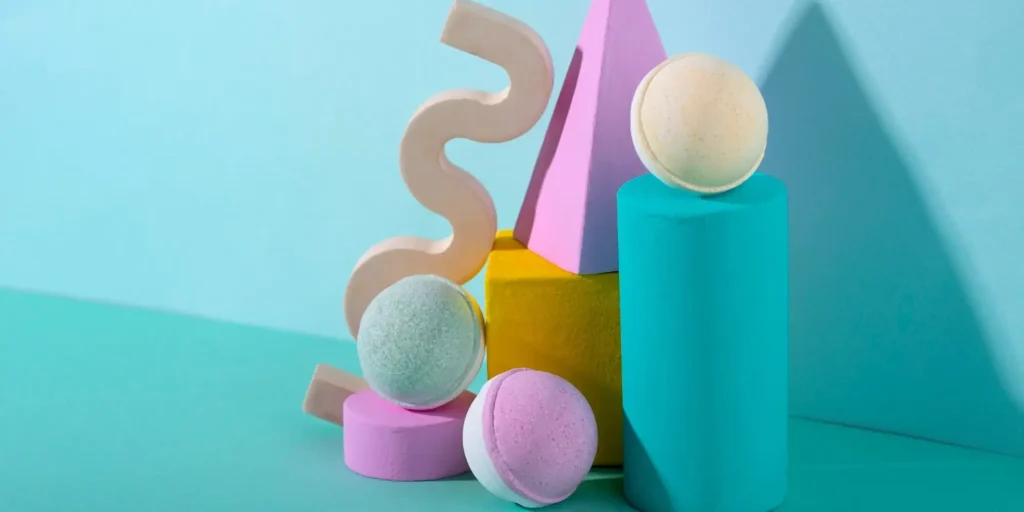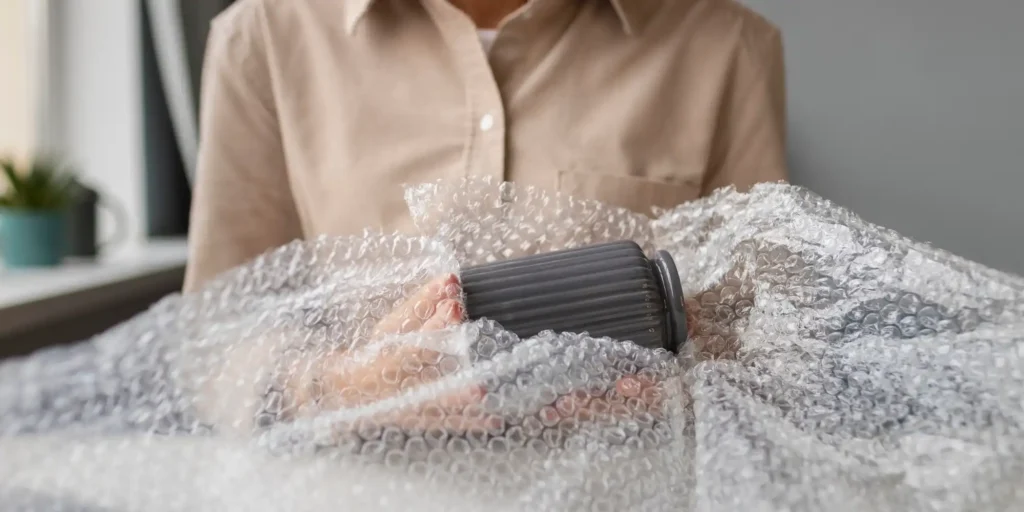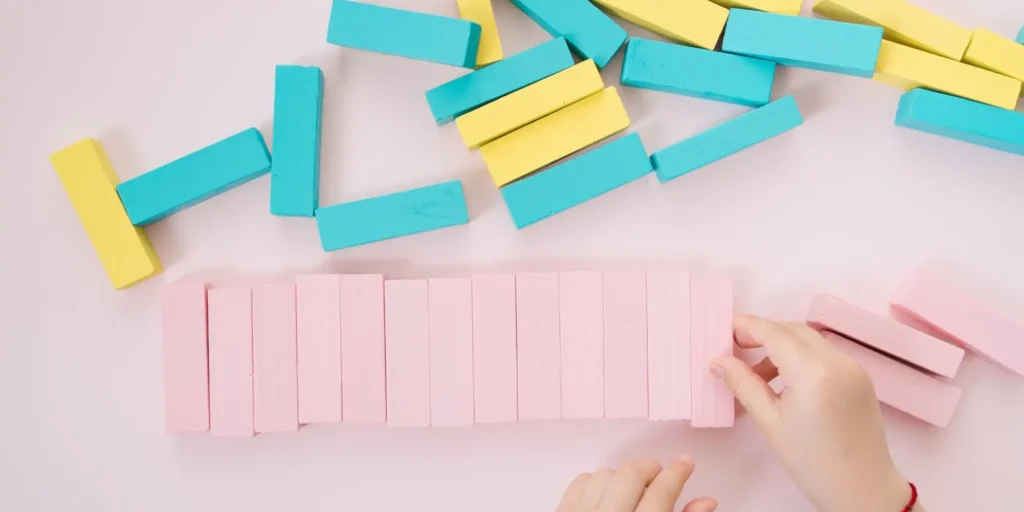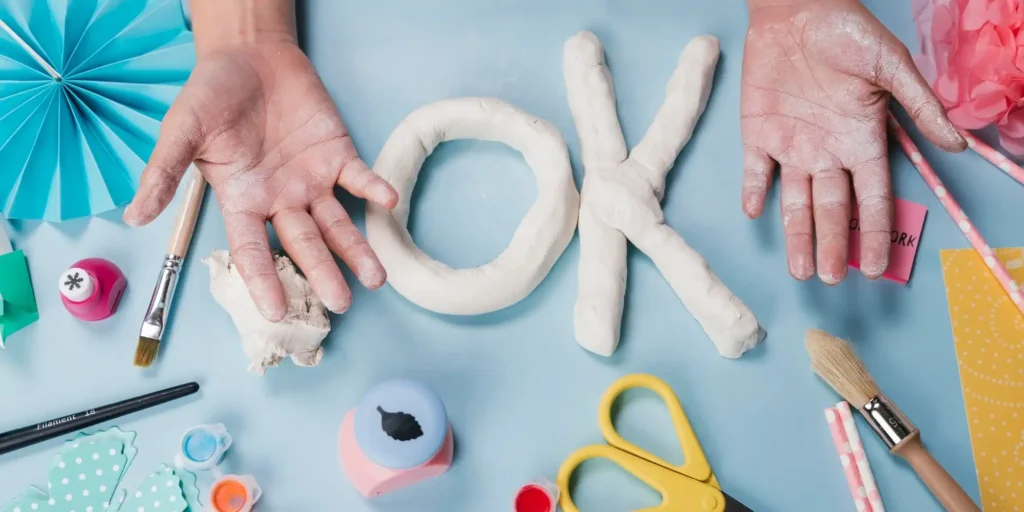In the world of movies, theater, and events, the quest for realism in props is an ongoing challenge. Enter EVA foam – a versatile and cost-effective material that has revolutionized the way props are created. This comprehensive guide will walk you through the process of using EVA foam to craft realistic and durable props that can steal the show.
Understanding EVA Foam
What is EVA Foam?
Ethylene-vinyl acetate (EVA) foam is a lightweight and flexible material known for its shock-absorbing properties. Commonly used in industries like footwear and sports equipment, EVA foam has found its way into the realm of prop making due to its easy availability and adaptability.
Why Choose EVA Foam for Props?
- Affordability: EVA foam is budget-friendly, making it an ideal choice for both amateur and professional prop makers.
- Versatility: It can be easily manipulated into various shapes, allowing for intricate detailing in prop design.
- Durability: Despite its lightweight nature, EVA foam is surprisingly durable, ensuring that your props stand the test of time.
Crafting Realistic Props with EVA Foam
Shaping Techniques
1. Heat Shaping:
- Use a heat gun to warm the EVA foam, making it pliable.
- Shape the foam using molds or freehand techniques.
- Allow the foam to cool and set in the desired shape.
2. Layering:
- Create complex shapes by layering thin sheets of EVA foam.
- Secure layers with glue, building up the desired form.
Painting Techniques
1. Priming:
- Apply a primer to the EVA foam to create a smooth surface for painting.
- This step enhances paint adhesion and prevents peeling.
2. Base Coating:
- Start with a base coat that matches the final color of your prop.
- Use acrylic paints for flexibility and durability.
3. Detailing:
- Add details using brushes, sponges, or airbrush techniques.
- Experiment with shading and weathering for a realistic finish.
Finishing Touches
1. Sealing:
- Seal the painted prop with a clear sealant to protect the paint job.
- This step adds an extra layer of durability.
2. Adding Texture:
- Enhance realism by incorporating textures like leather or metal.
- Use tools to create indentations or patterns.
Tips for Success
- Practice on Small Projects First:
- Familiarize yourself with EVA foam techniques on smaller projects before tackling larger props.
- Invest in Quality Tools:
- A good heat gun, sharp knives, and quality paints will make a significant difference in the final result.
- Reference Images:
- Use reference images for accuracy in shaping and detailing.
- Safety First:
- Work in a well-ventilated area and use safety gear when handling EVA foam and adhesives.
EVA foam has opened up a world of possibilities for prop makers, offering an affordable and user-friendly alternative to traditional materials. By mastering shaping, painting, and finishing techniques, you can bring your creative visions to life, producing props that not only look realistic but also withstand the rigors of performances and events. Embrace the versatility of EVA foam and watch as your props steal the spotlight!
FAQ
Q: Can I use any type of EVA foam for prop making?
A: While various densities of EVA foam are available, it\’s recommended to use foam with a density between 60-70 kg/m³ for optimal results in prop making.
Q: How do I prevent paint from peeling off my EVA foam prop?
A: Ensure proper priming of the foam before painting and use flexible acrylic paints. Sealing the finished prop with a clear sealant also adds a protective layer.
Q: Can I wash or clean EVA foam props?
A: While EVA foam is water-resistant, prolonged exposure to water may damage it. Spot cleaning with a damp cloth is recommended.
Q: Is EVA foam suitable for outdoor use?
A: EVA foam can be used outdoors, but prolonged exposure to sunlight may cause it to degrade over time. Sealing with UV-resistant sealants can help mitigate this.
Q: Can I reuse EVA foam for different projects?
A: Yes, EVA foam can be reused for multiple projects, provided it\’s in good condition. Simply reshape and repaint as needed.
Reprinted from WELLE Trade




